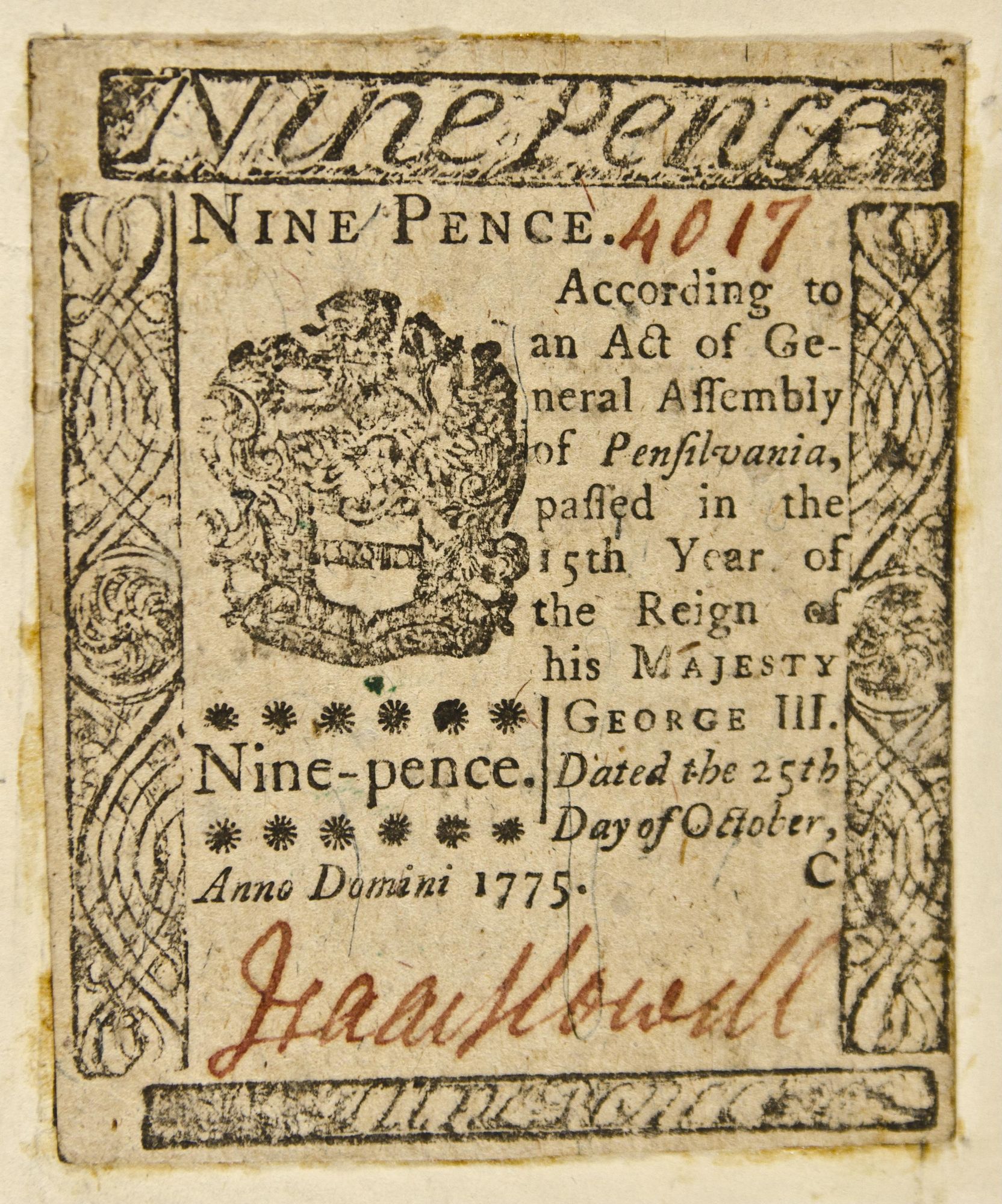
Money is a central institution of modernity. The money trade - ships carrying, silver, cowries, and gold - was the first truly global trade. Money dominates in every aspect of contemporary life, from the politics of international relations to the decision whether we to shop at Tesco or M&S. It pervades our understanding of central social categories like race, class, and gender. Ideas about money history, where it came from, how it changed, and how it spread, both inform and reflect our ideas about contemporary society, with all its limitations and possibilities, because, implicitly, they are ideas about what money is and what societies that use it can accomplish. This course will introduce students to the long history of money. We will do so by exploring the many origin stories of money, theories of its operation and significance, how money or money-like institutions were created and recreated multiple times. We will explore the way that states have deployed money as a tool of governance, as well as the ways that private actors have attempted to subvert and recreate money for their own ends. The history of money sits at the intersection of economics, history, and philosophy. We will explore all three and work out how a history of money can be written for the twenty-first century.
